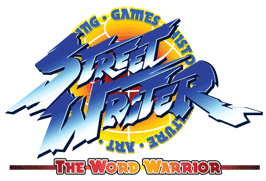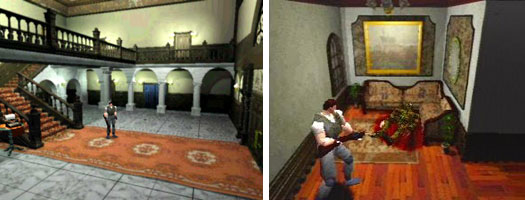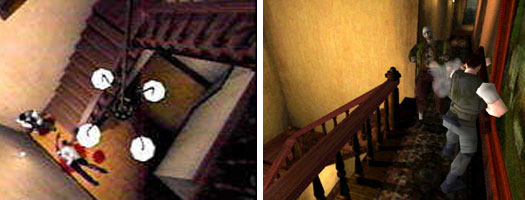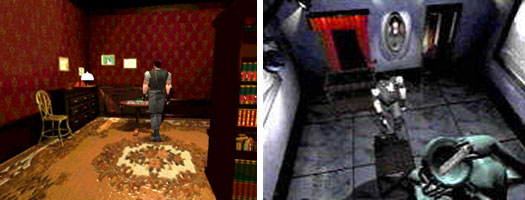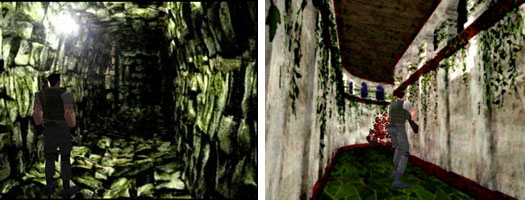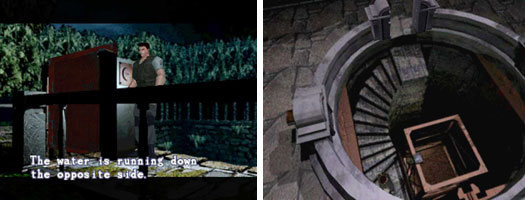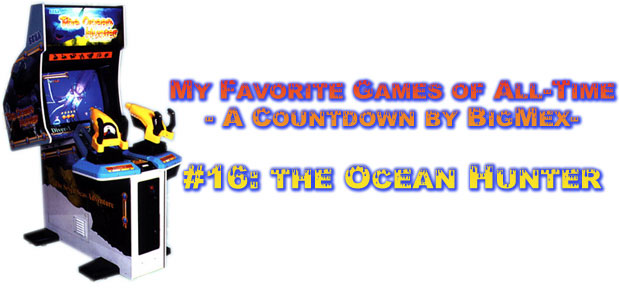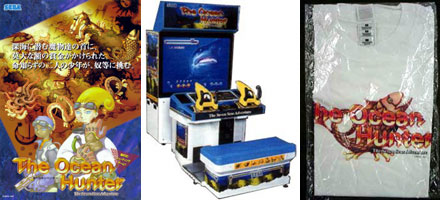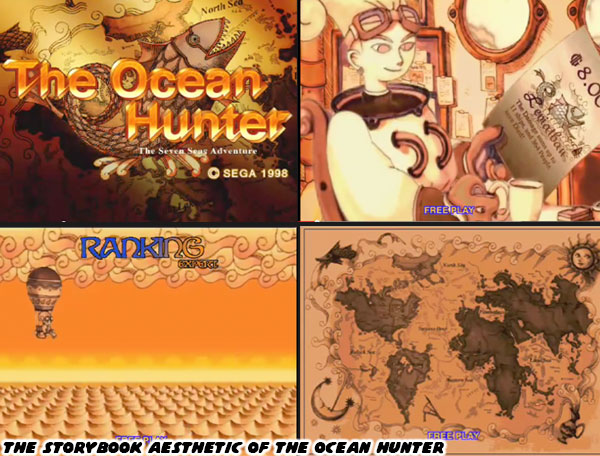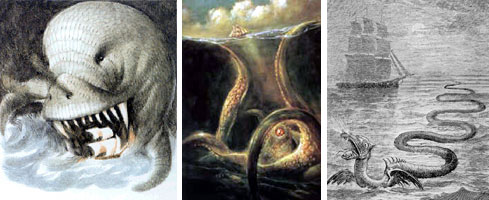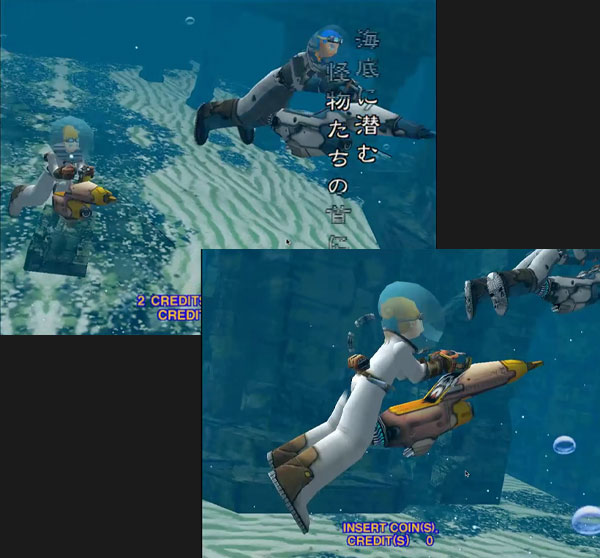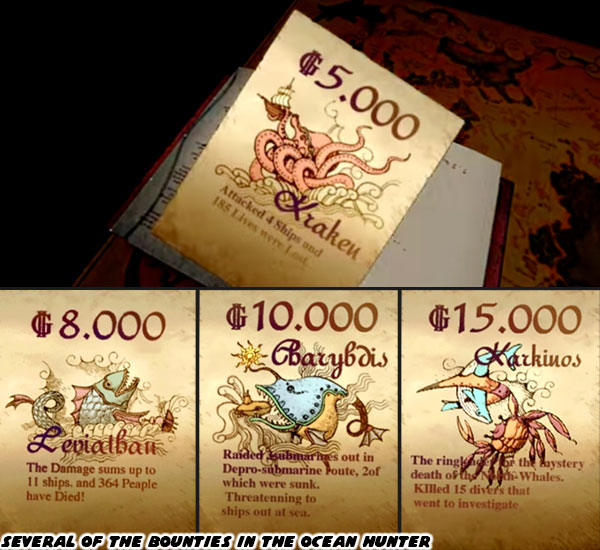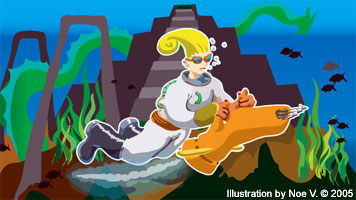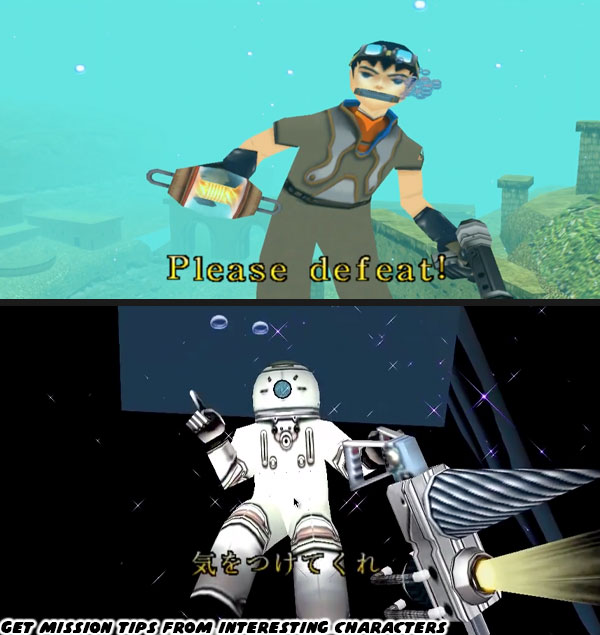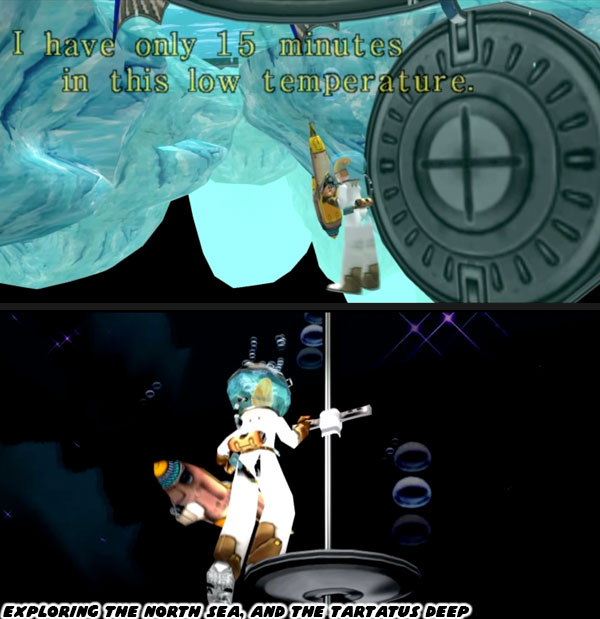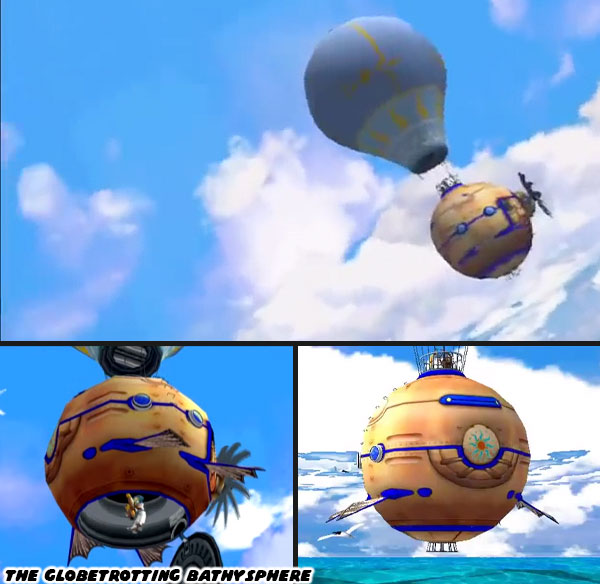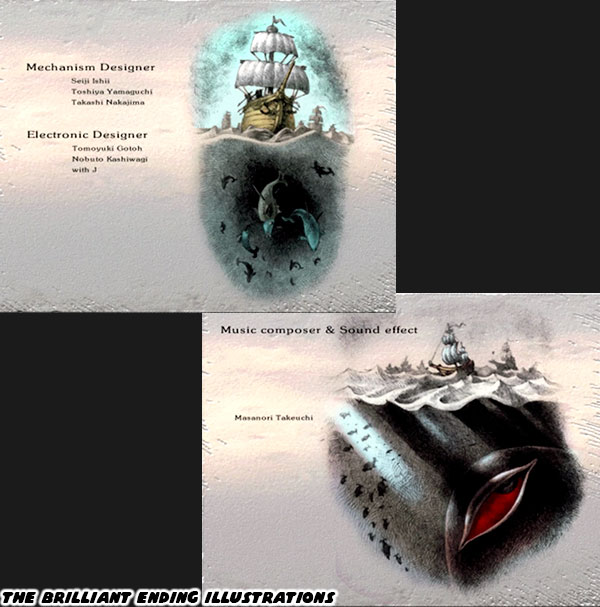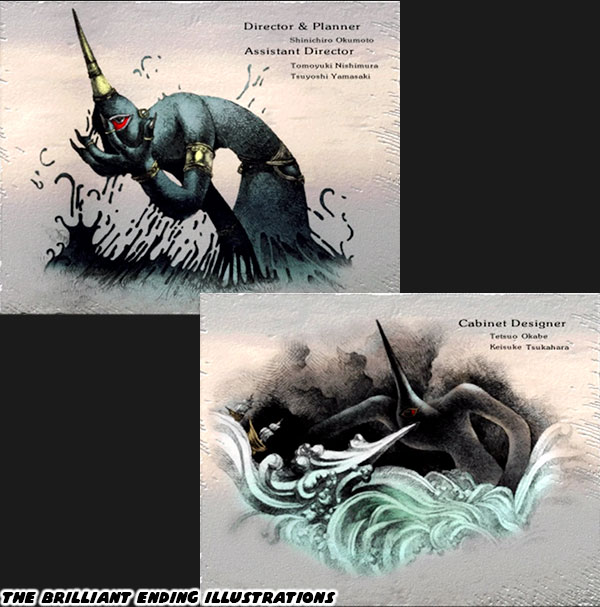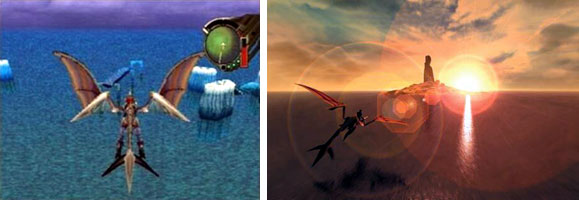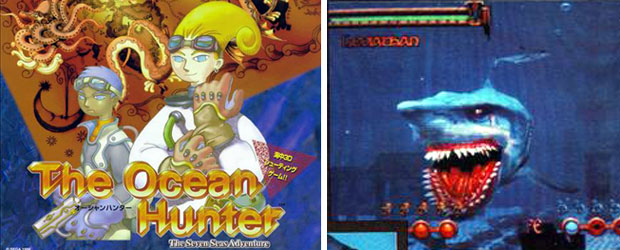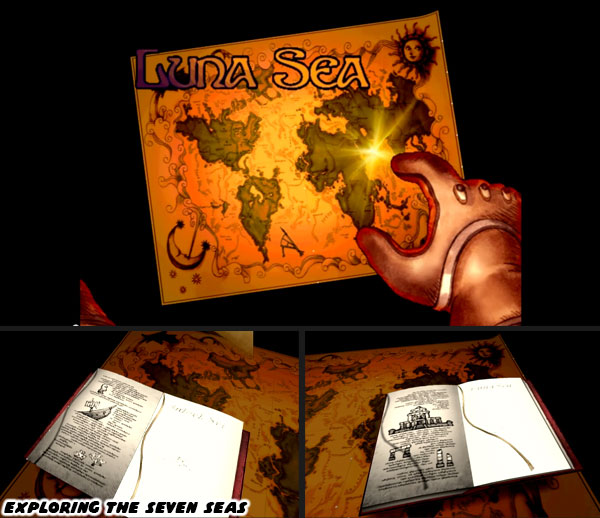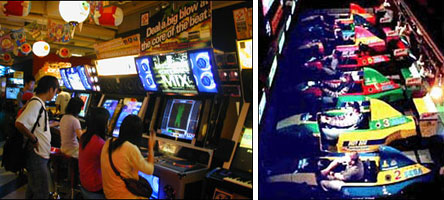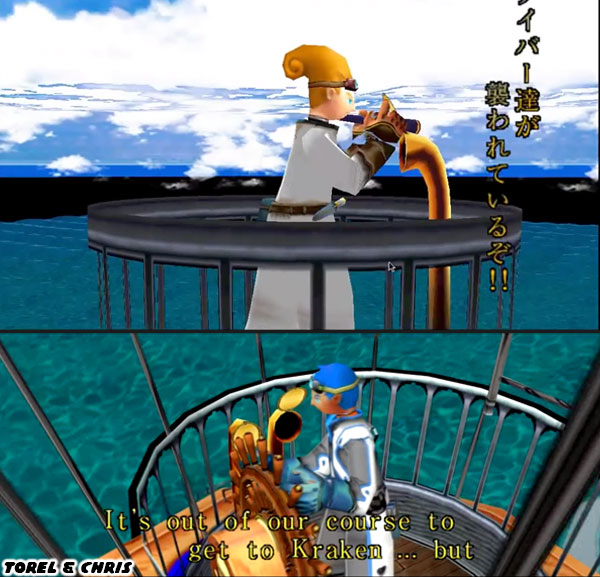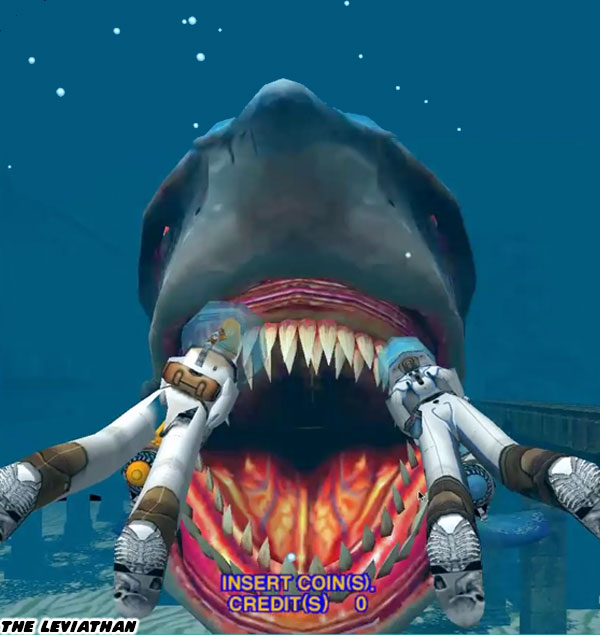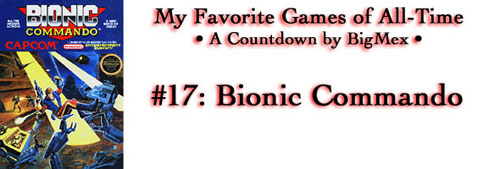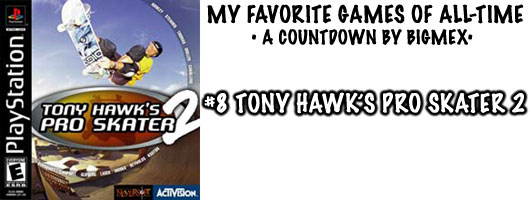
Tony Hawk's Pro Skater 2 should be a videogame in everyone's collection. It doesn't matter if you are an RPG nut, sports fan, import snob, racing junkie, RTS kook or a FPS virtuoso. THPS 2 crosses genres and appeals to many types of gamers. It is the perfect balance of skateboarding culture and game.
There is never a reason
not to own a copy of the definitive title in the series. The first game was groundbreaking, revolutionary, phenomenal and just about any other word you can think of to describe a title that completely rewrote the history books.
Neversoft put themselves on the map in 1999 with the release of the original Tony Hawk's Pro Skater. The game came out under the radar. But when combined with tremendous word of mouth and
Tony Hawk landing the first 900 in competition helped turn the game (and the art of skateboarding) into a sensation.
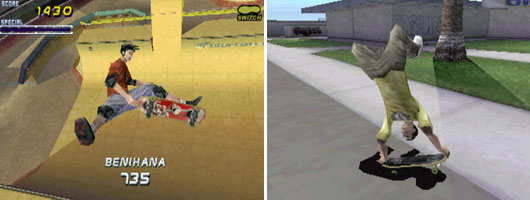
A series usually takes a little time to find it's rhythm. For example Gran Turismo has only gotten better since the original. Some purists will tell you that very few games past the first are ever better. THPS 2 is the exception to the rule. No skate game before or since was better.
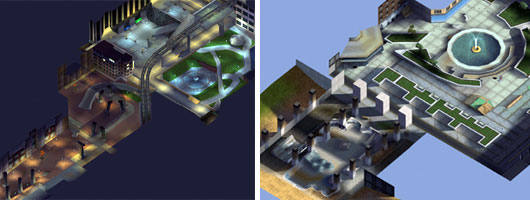
Tony Hawk's Pro Skater became successful because it appealed to both skaters and gamers. Gamers with no interest in skateboarding enjoyed the arcade feel of the title. They liked that they could learn the controls quickly and begin building a library of tricks and combos within minutes. Skaters that were casual gamers enjoyed the game because it offered the creativity and details of actual skateboarding. The names, tricks, animations and even skaters themselves pulled from real life.
The sequel gave both gamers and skaters more of what they wanted and then some. The addition of the manual, allowed for trick chains to become longer and scores to go up exponentially. But this alone would not put the game on my top-10 list. The graphics were sharper, the music better, the characters larger, the control tighter, the trick library expanded, the animation more fluid and the details... well the devil was in the details. Detail is what carries this game into my top-10 favorites.
Each skater in THPS 2 had their own look and feel. Their personality shone through their special trick selection. We could see great differences in the way street and vert skaters handled on each area. Even the levels had their own personality. Parts of New York and Philadelphia made famous in skateboard videos turned up as an amalgamation for each level.

Neversoft managed to cater to all audiences in this game. Knowing that there was an actual Leap of Faith in San Diego, Venice Beach skatepark in Southern California or Mariseille skatepark in the south of France did not make the game any better for those that played. Even the inclusion of Skate Street, a real-world skatepark that many of the Neversoft crew frequented did not make the game more memorable.
The levels were important because they changed the psyche of the gamer. They changed the perception of the mainstream audience. The thought that real places like those featured in THPS 2 began to get players hyped on the world around them. Gamers would never look at a bench, a set of stairs and a rail in the same way again. Every block became a potential skate spot. The game made kids want to learn to skateboarding.
Skateboarding enjoyed a renaissance in the late 90's. ESPN says the X Games are partially responsible for that. Well, Tony and his games should also be allowed to take some of the credit.
I don't recall the last time a Madden game made a kid want to learn to play football... but skateboards became a magical vehicle, like a flying carpet, everyone wanted one. More important, everyone wanted to learn to ride, grind and kickflip everything in their path. Casual gamers learned that the world was a playground for pro skaters. The best never had to do anything else but skate and enjoy success. THPS 2 gave both a player editor and a park editor. There was no reason we could not live vicariously in Tony's world as well.
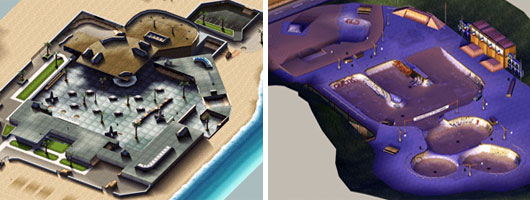
As a rule there will never be two levels as fun in a skate game as Venice Beach and Marseille. Both of these levels inspired by the real-world beauty of skating by the beach. Both of these locations legendary in skateboarding circles. Venice became famous for breeding the most technical and dirty skate rats around. As it was in the heyday of Dogtown as it is today, "locals only." On the other side of the globe many a pro cited Marseille as the greatest skatepark ever designed. With smooth concrete and lines that flowed for days. If anything Marseille was the complete opposite of Venice, whose harsh angles, cracked concrete and rough facade weren't organic at all.
Neversoft took the genre a step further by introducing many hidden elements. The School II featured details from schools actually used in many skate videos. What made the level memorable was the hidden pool accessible only by grinding the "Open Sez Me" rail when the school bell rang. This hidden pool didn't show up in many maps and was unknown by many gamers for months. Try keeping a secret like that today!
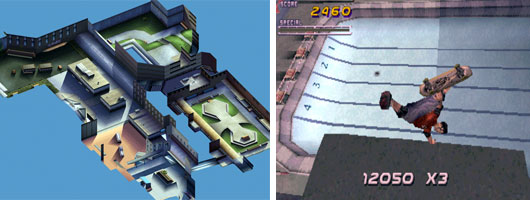
By the time THPS 2 hit Tony Hawk was at the top of his game and planned on going out of competitive skateboarding. Tony wanted to release a video with his absolute best stuff and then just walk away from competitions. This part was in the Birdhouse skateboard video "The End" released a half a year before THPS 2. In it Tony skates one of the largest ramps ever constructed for a video part. According to Tony the inspiration for the infamous "Bullring Ramp" was part Hot Wheels track and part Animal Chin. Neversoft didn't just recreate the ramp and the loop for the game, they also created an entire level around it.
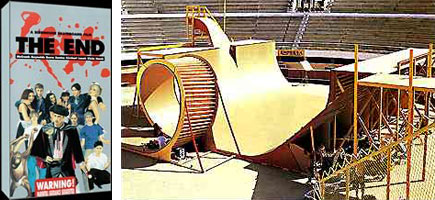
The End was one of my favorite videos of all-time and seeing that ramp come back in game form almost brought a tear to my eye. The parks after that level, assuming you managed to get gold in every competition, were even more incredible. The best of which was Skate Heaven.
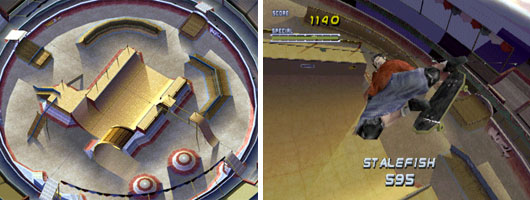
Skate Heaven features the best portions of parks that are no longer around. These include the plexiglas ramp that Tony Alva and the Z-Boys would skate in the early 70's, the snake run and full pipe from the Pipeline Skatepark, the Combi Pool from Del-Mar where toughest punks in skateboarding like Duane "the Master of Disaster" Peters would compete, the Kona ditches from Hawaii, the rail from San Dieguito elementary school and even Tony Hawk's backyard ramp from before his father passed away. They were all in one place.
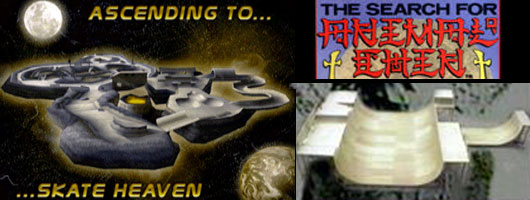
All of these details, many legendary in the eyes of a skateboarder, defined the game. For that Neversoft would always have my respect. The legacy of the game would be cemented in the third hidden portion for the game (the second was in Marseille). A certain rail caused the volcano in Skate Heaven to erupt. If a player managed to jump into the volcano during the eruption they would be transported to the core of Skate Heaven. A ramp titled the "Enema Chen" and based on the ramp featured in the cult Powell Peralta skate film "the Search for Animal Chin" waited for them. As in the movie this ramp even featured a secret tunnel that allowed players to skate through to the other side.
Neversoft managed to put both the Bullring Ramp and the Animal Chin ramp in one game... I was completely blown away by their efforts.
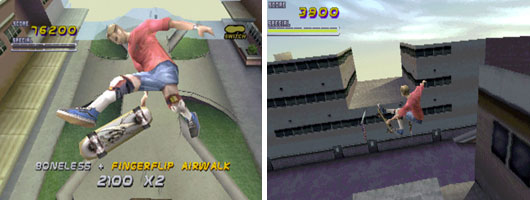
Other secrets included "McSqueeb," the way Tony looked like in the late 80's. Complete with bright pink shirt, knee-high socks and the (Flock of Seagulls) flop haircut. "Kid Mode" where all of the skaters could played as their childhood contemporary. The "Chopper Drop," a competition level floating on the ocean served as the other secret level aside from Skate Heaven.
After locating every "Blue Text Transfer" bonus in the game players were rewarded with every teenage boy's skateboarding dream gal, Private Carrera.

With every secret and playable level in THPS 2 Neversoft managed to make a skateboarding game more epic that Sega's Top Skater. If the control was not on par with the level design then the game would have been a bust. When I say Neversoft rewrote the history books I mean it. Without them the experience that was Top Skater would never have been brought home. It would have never been expanded and made better.
Neversoft is one of the most underrated game studios in the world. Many people might think of them as a one trick pony but it couldn't be further from the truth. I say they are as good as Incognito Inc. or Sony Santa Monica. While the latter studios were allowed to develop new IP, Neversoft has been pushing out sequels for one game under the watchful eye (and pressure) of publishing giant Activision. Lest anyone forget that Neversoft also created the original Spider-Man engine for the PS1 and Gun for the modern systems and PSP. They are a studio that is capable of so much more if given the chance.
I doubt that it was easy to make THPS2 and make it so well within a year of the first title. It is tough to improve upon perfection. Neversoft has not made a better skateboarding game since.
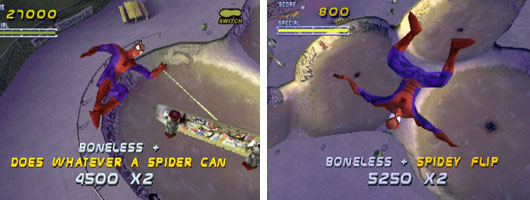
All of that praise said before I even mention that Spider-Man was also hidden in THPS 2! Any game great enough to break my top-10 is special. Any game from a US developer that breaks the top-10 is extra special. Tony Hawk's Pro Skater 2 is the greatest skateboarding game ever made. It will never fall from this spot. Believe it.
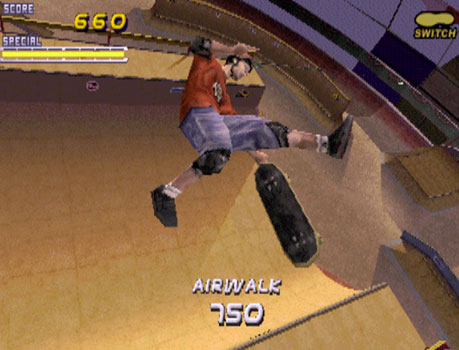
I’d like to hear your personal top-10, top-20, top fighting games, top sports games, or top games in any genre. Let me know in the comments section please. As always if you would like to sponsor me
please visit my Patreon page and consider donating each month, even as little as $1 would help make better blogs and even podcasts!













